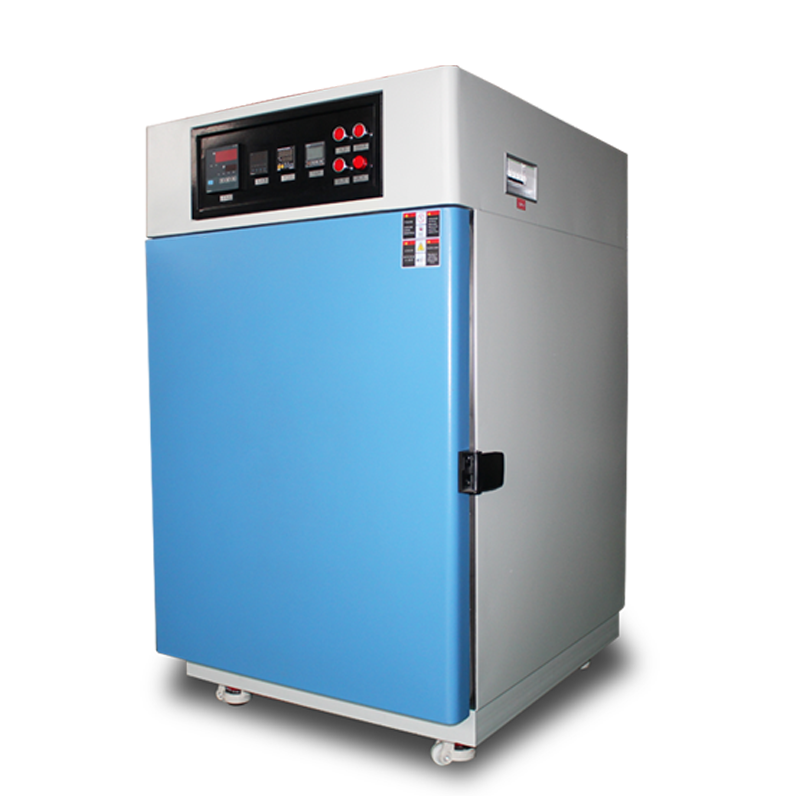The selection of high-temperature test chambers for military, aerospace, and industrial applications requires strict adherence to recognized standards to ensure reliability and accuracy. GJB150.3A-2009, the Chinese military standard for environmental testing, outlines specific requirements for high-temperature testing, including temperature range, uniformity, stability, and control precision. Compliance with this standard ensures that test chambers meet rigorous performance criteria, making them suitable for critical applications.
Key Considerations for High-Temperature Test Chambers Under GJB150.3A-2009
1. Temperature Range and Uniformity
GJB150.3A-2009 specifies that high-temperature test chambers must achieve a defined temperature range with minimal deviation. A high-quality chamber should provide a broad operational range (typically up to +200°C or higher) while maintaining uniformity within ±2°C. Advanced heating elements and airflow design are essential to prevent hot spots and ensure consistent temperature distribution.
2. Control System Precision
Accurate temperature control is critical for compliance. Modern test chambers utilize PID (Proportional-Integral-Derivative) controllers with high-resolution sensors to maintain stability within ±0.5°C. Programmable logic controllers (PLCs) enable automated test sequences, ensuring repeatability and adherence to GJB150.3A-2009 test profiles.
3. Construction and Material Durability
Chambers must withstand prolonged exposure to extreme temperatures without degradation. Stainless steel interiors and high-grade insulation materials (e.g., mineral wool or ceramic fiber) prevent heat loss and structural damage. Seals and gaskets should be heat-resistant to maintain chamber integrity.

4. Safety and Compliance Features
Over-temperature protection, emergency shutoff mechanisms, and fail-safe cooling systems are mandatory under GJB150.3A-2009. Chambers should also comply with international standards such as IEC 60068 and MIL-STD-810 to ensure global applicability.
5. Data Logging and Reporting
Integrated data acquisition systems with real-time monitoring and exportable reports are necessary for validation and traceability. Compliance with GJB150.3A-2009 requires documented evidence of test conditions, making robust software solutions indispensable.
Leading Manufacturers and Models
Several manufacturers produce test chambers that meet GJB150.3A-2009 requirements, including:
- Weiss Technik (Germany) – Offers precision chambers with advanced control systems.
- ESPEC (Japan) – Known for high durability and compliance with military standards.
- Thermotron (USA) – Provides customizable solutions for extreme environmental testing.
Selecting a high-temperature test chamber that complies with GJB150.3A-2009 demands careful evaluation of technical specifications, material quality, and safety features. Investing in a chamber from a reputable manufacturer ensures long-term reliability and regulatory compliance, making it a critical decision for military and industrial testing applications.












